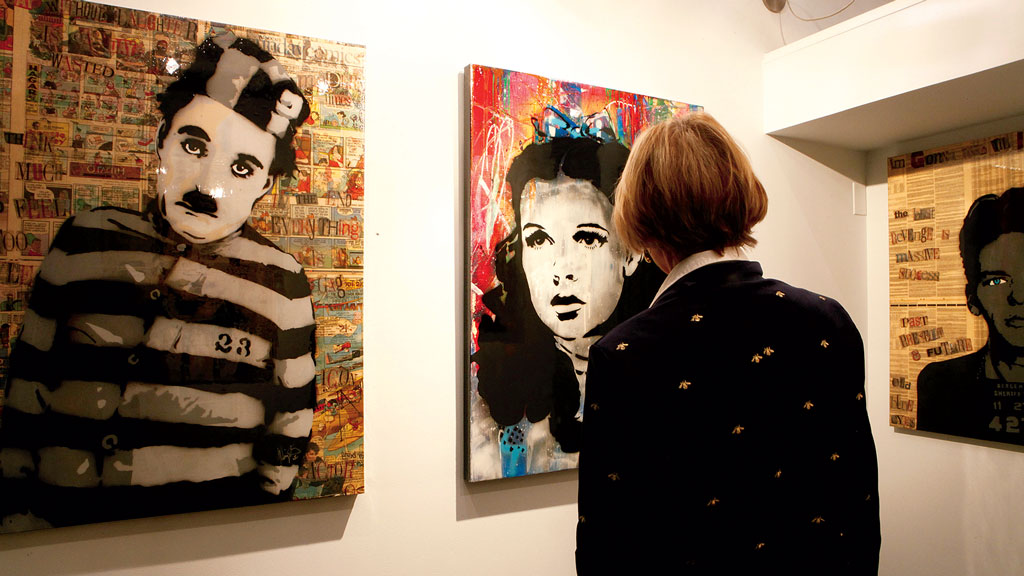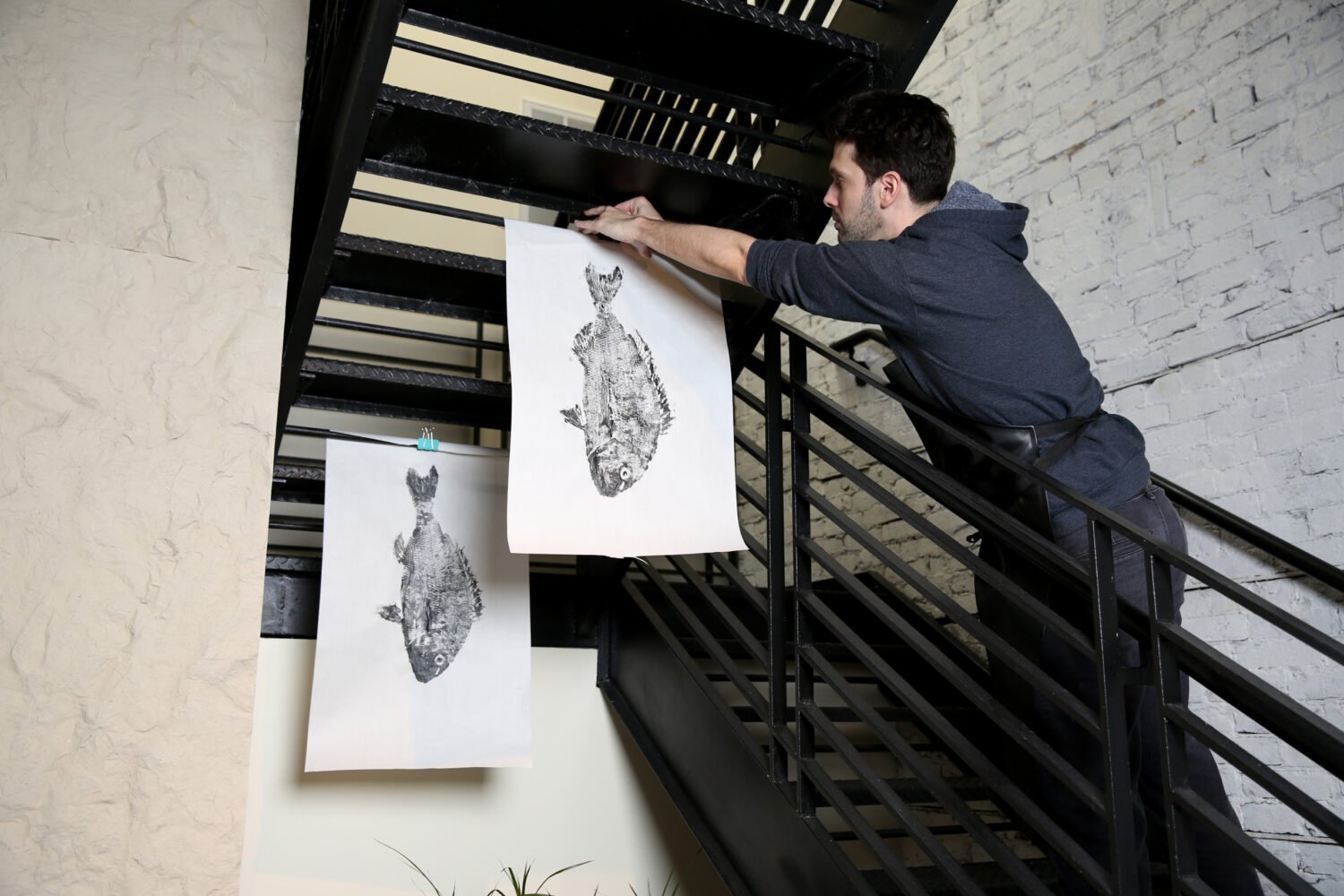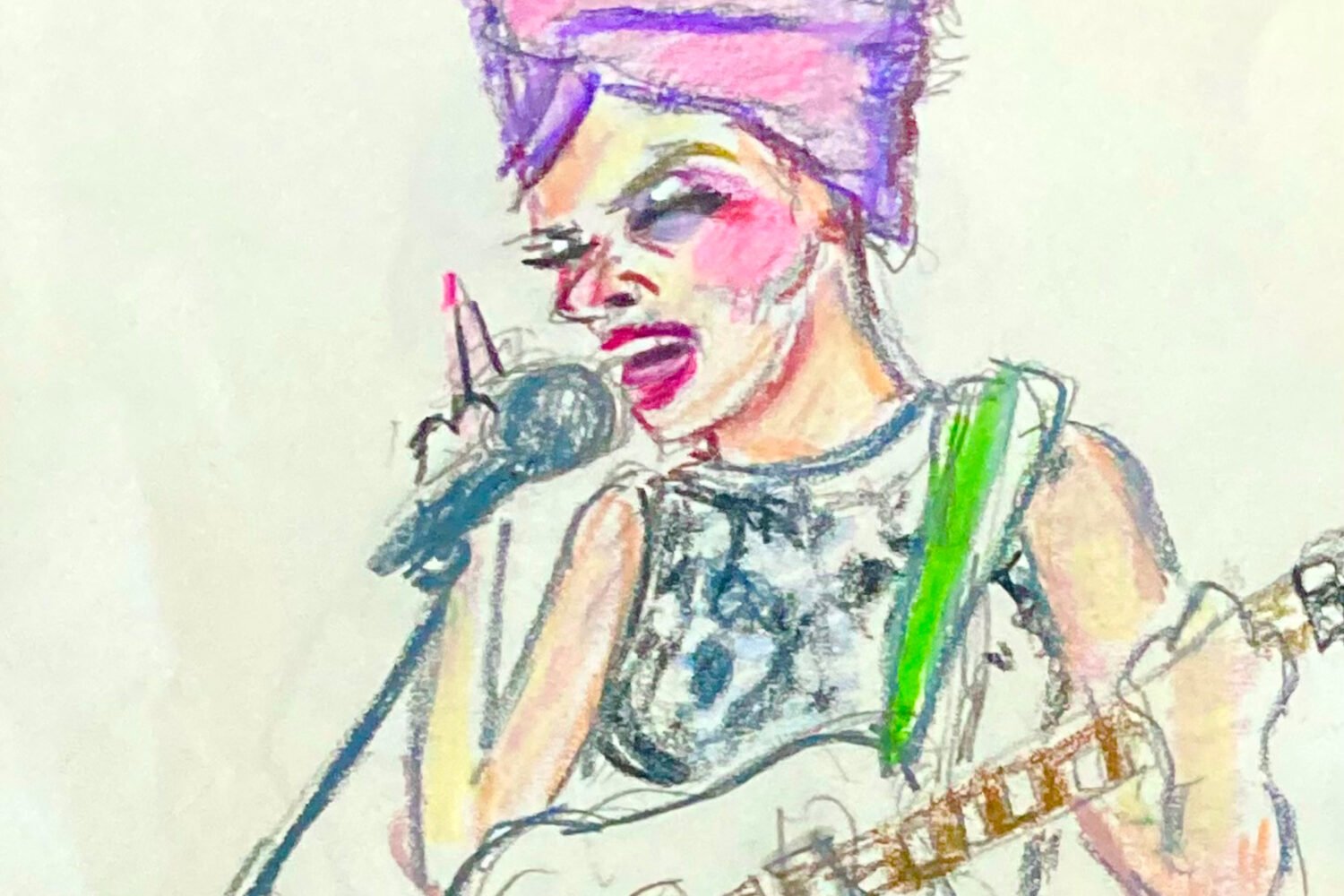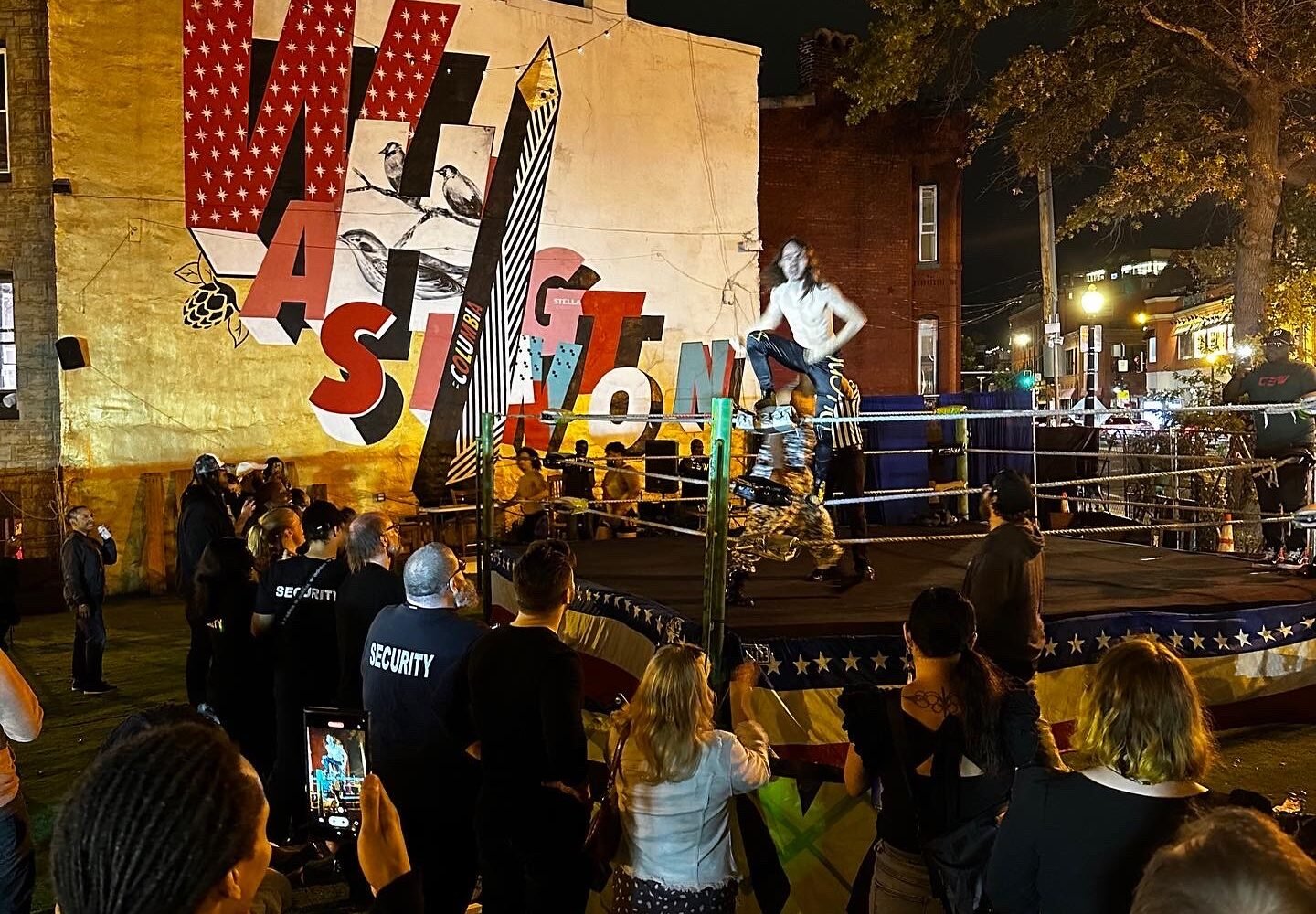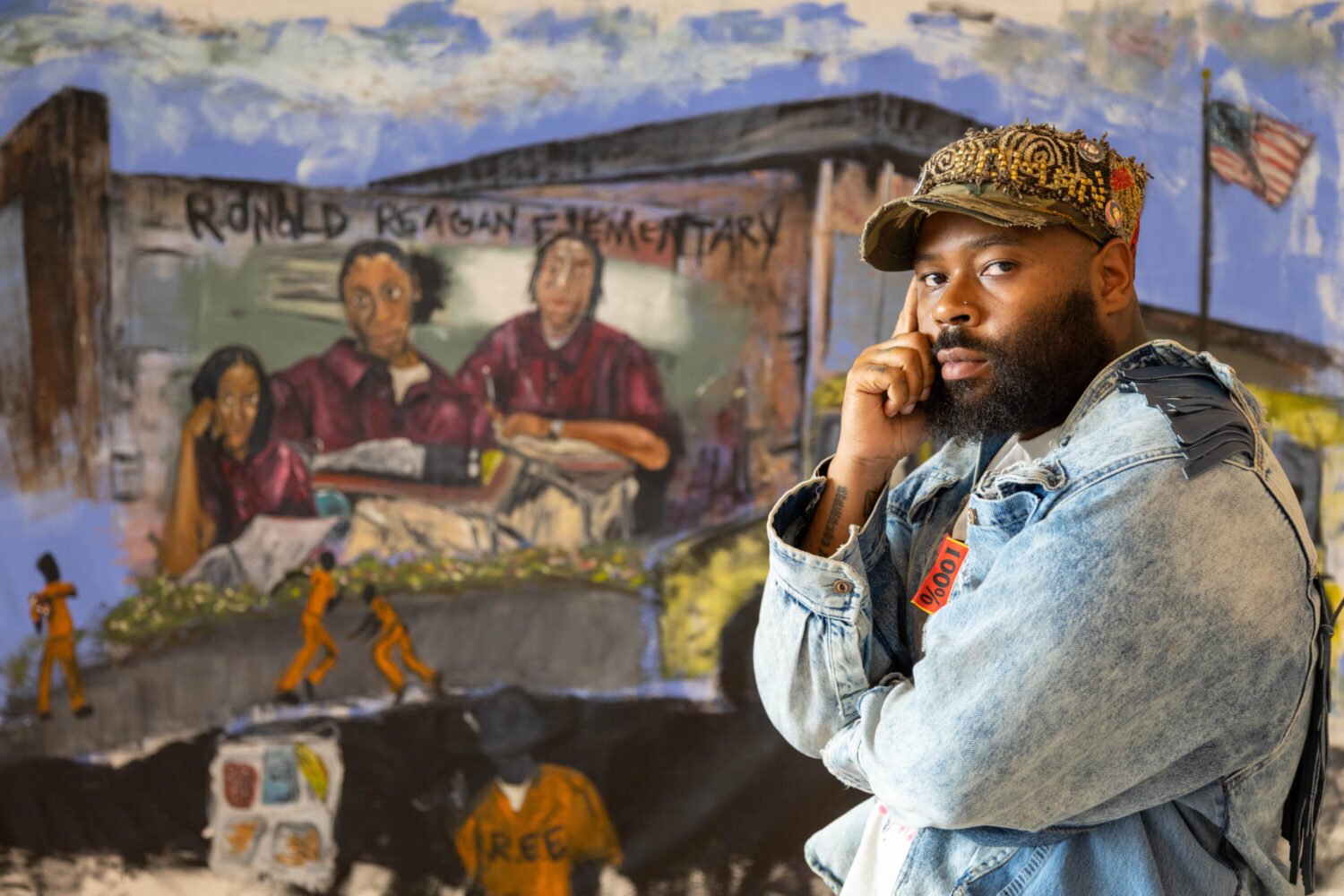You don’t have to build your own gallery to become an art collector. Judy Sherman, owner of J Fine Art—a consultancy that helps clients choose artwork—and a longtime personal collector, shares advice for beginners.
1. Set a budget. Be honest with yourself about how much you can afford.
2. Locate your house’s best “art walls” (maybe the lighting is especially beautiful or they’re uninterrupted by windows) to help you zero in on pieces suitable for those spaces.
3. Experience as much art as possible to learn what appeals to you. The website for the Washington Project for the Arts (wpadc.org)has a map of area galleries and artist studios as well as a directory of local artists. East City Art (eastcityart.com) has an expansive listing of art shows and openings.
4. Buy student art. One great resource: Baltimore’s Maryland Institute College of Art (MICA), which hosts student and faculty exhibitions throughout the year and an art walk every May.
5. Meet local artists. Many artist communities, such as the live/work artist housing in Prince George’s County’s Gateway Arts District, open their studios to the public. If you have a connection with the artist, owning a piece of his or her work will feel more special.
6. Buying art while traveling is another way to start a collection, and each piece will (ideally) remind you of a fun trip.
This article appears in the December 2016 issue of Washingtonian.

